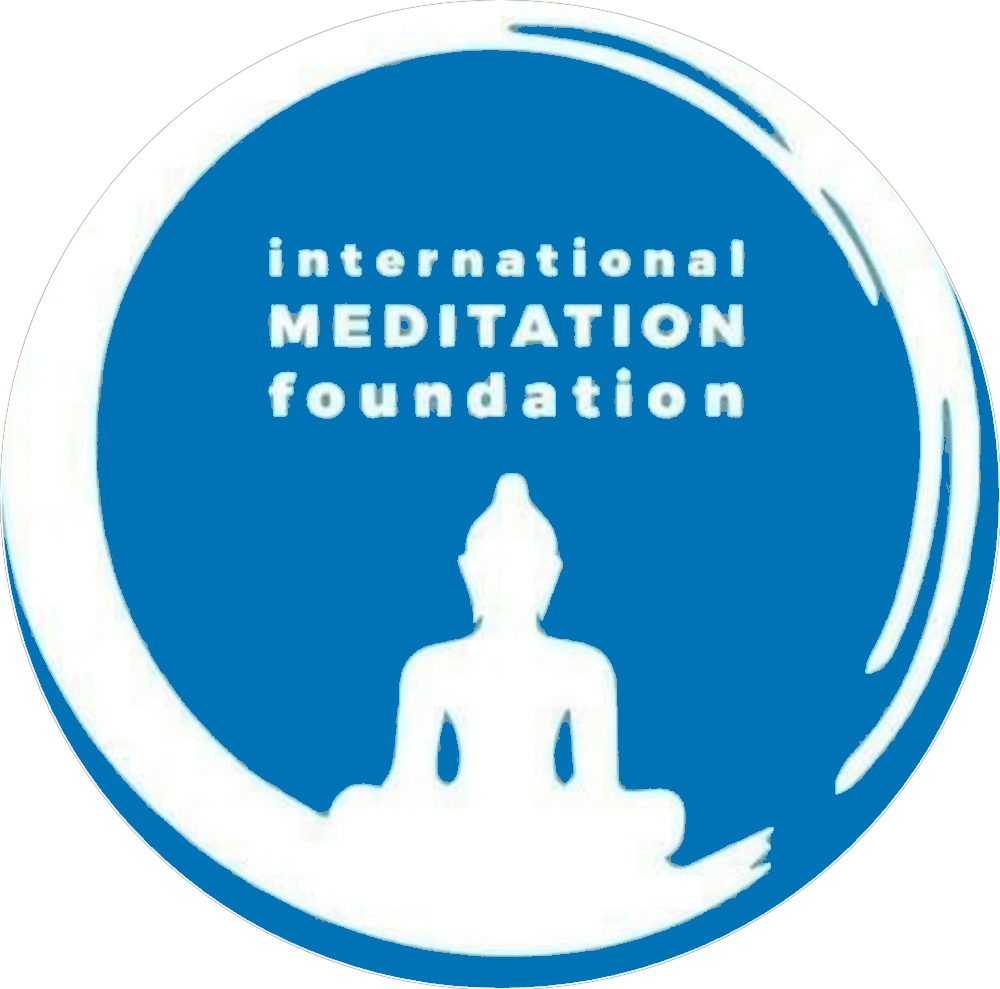This question is deeply important, because meditation in its essence requires no technique at all. Meditation is pure awareness, simple presence, an effortless alertness. Awareness is not something you do—it is something you allow. It is not a technique.
However, techniques are needed—not for meditation itself, but to remove the obstacles that block meditation from happening. This distinction is subtle but vital. Techniques do not create meditation; they simply prepare the ground. They clear away the mental and emotional clutter that prevents your natural awareness from shining through.
Think of it this way: if the body is ill, you take medicine. The medicine doesn’t create health—it simply removes what blocks the body from healing itself. Similarly, techniques remove what stands in the way of your innate meditativeness.
Meditation itself is not a technique. But because the mind has accumulated noise, habits, past conditioning, future projections, fears, and desires over many lifetimes—or years—something must be done to clean the field. Only then can meditation happen on its own.
This is where many spiritual seekers get misled. Some teachings insist that no technique is required, and that’s true—in principle. But those who stop at this intellectual understanding often fail to realize meditation itself. They believe the idea, but do not experience the transformation. Why? Because the mind remains untouched, and the barriers remain intact.
This misunderstanding is widespread: people accept that “no technique is needed” without asking the deeper question—“What about the weeds? What about the walls? What about the noise in my head?” Roses don’t need help growing, but you do need to clear the ground for them. Meditation is the rose. Techniques are the tools that prepare the soil.
So yes, ultimately, meditation requires no technique—it is the only thing that doesn’t. But until the obstacles are removed, you will not taste it.
Your mind is the obstacle. The mind generates noise. It brings the past, the future, fantasies, regrets, plans, fears. It pulls you away from the now, and awareness only exists now. So techniques are used not to attain awareness, but to disarm the mind, to create space, silence, and stillness.
When the mind becomes silent, meditation flowers naturally. It cannot be forced. But it can be invited.
Here’s a story to illustrate the point:
A young father is walking his baby in a stroller through the park. The child is screaming and wailing, but the father keeps repeating calmly to himself,
“Easy now, Albert. Stay calm. Keep it together.”
A woman passing by says, “I must say, I admire how gently you’re speaking to your baby.”
The father smiles. “Oh no, the baby’s name is Johnnie. I’m Albert.”
That’s what awareness looks like—a gentle, present watchfulness. Instead of being swept up by the noise of life, you remain grounded, alert, relaxed. That is meditation.
So yes, meditation is effortless awareness. But the path to that effortlessness requires clarity, cleansing, and preparation. Techniques serve only that.
Here’s another illustration:
A man asked his dying friend, “When you get to the afterlife, let me know if they play baseball up there.”
A few days after the funeral, he gets a phone call. “Hey, it’s your old friend! I have good news and bad news.”
“Tell me the good news.”
“There is baseball in heaven.”
“And the bad news?”
“You’re pitching next Sunday.”
Life is like that—good news, bad news. The good news: you already have everything you need. Meditation is your nature. It’s already there, within you.
The bad news: unless you remove what blocks it, you won’t experience it.
So ask not if meditation requires a technique. Ask:
“What’s standing in the way of my awareness right now?”
And then, use whatever helps you clear it.
Once the sky is clear, the sun of meditation rises on its own.

Leave a Reply